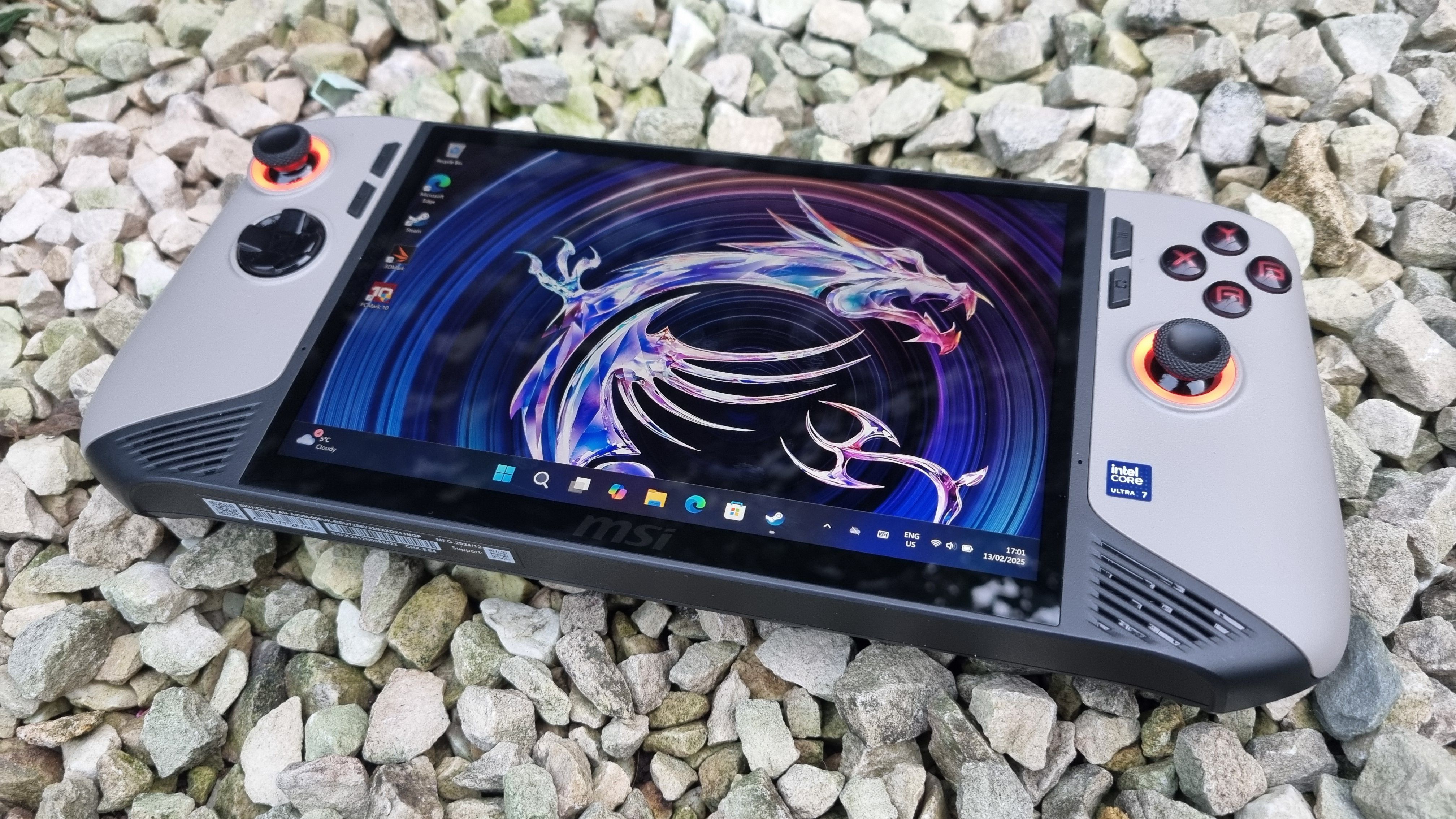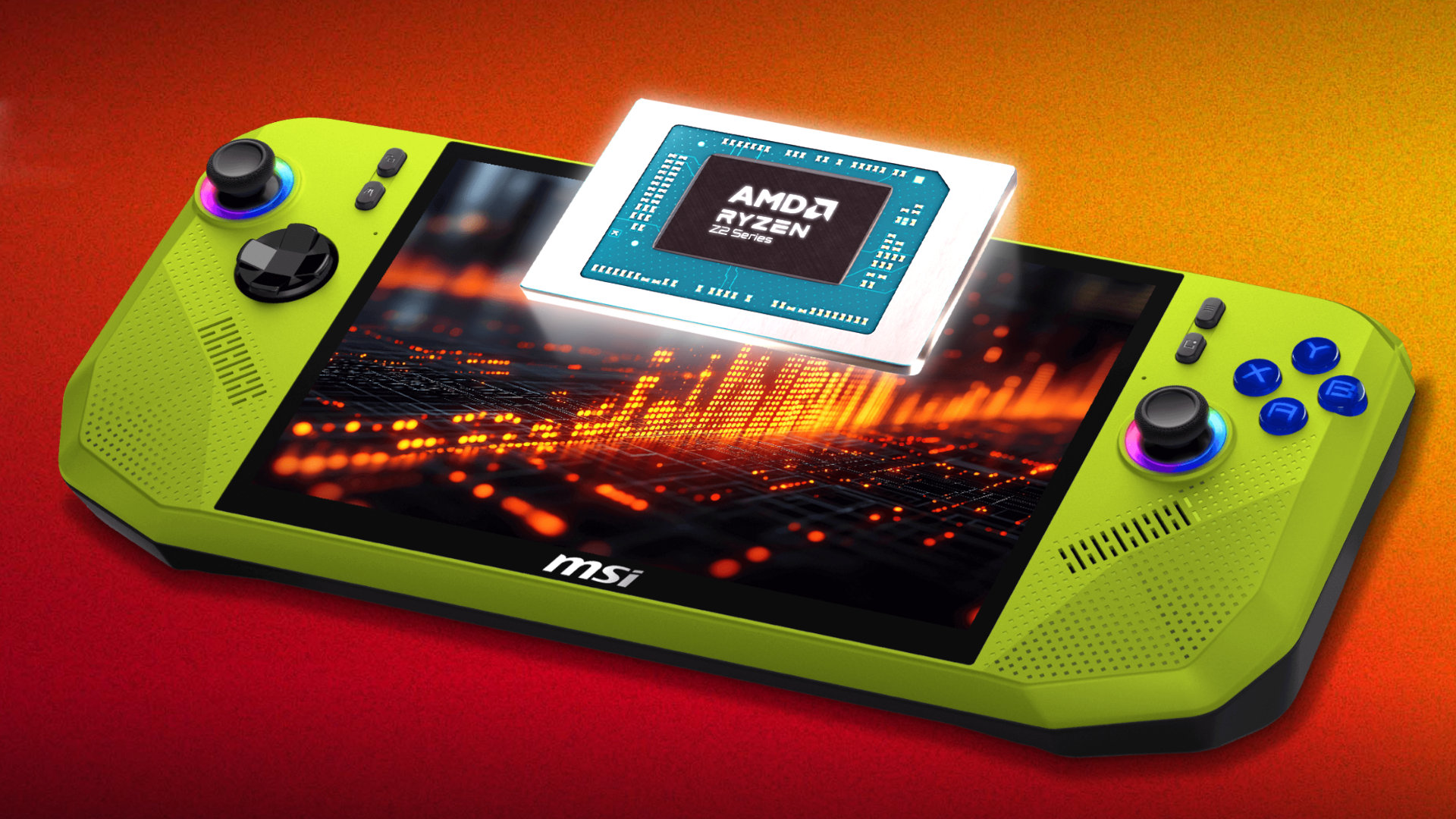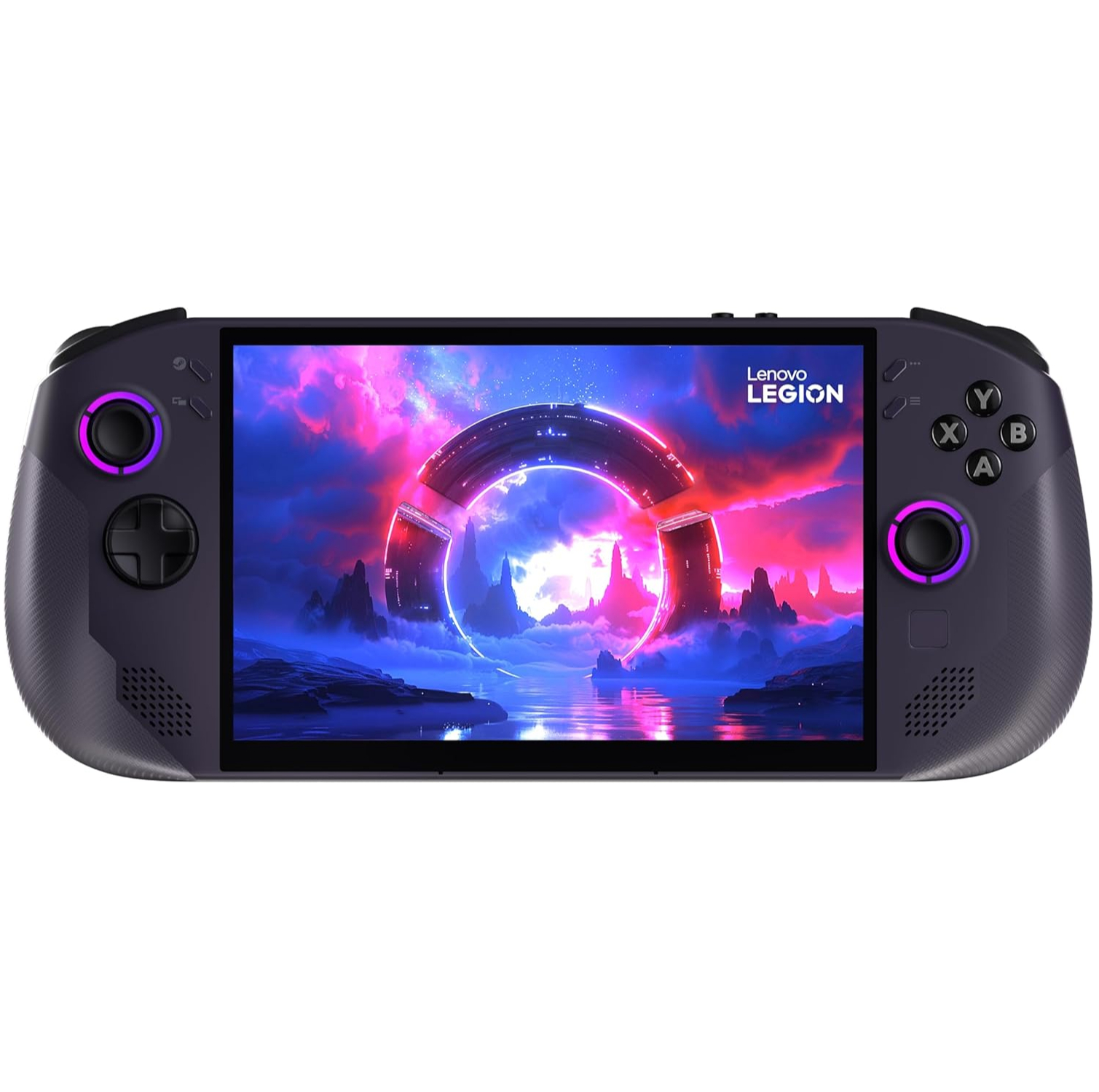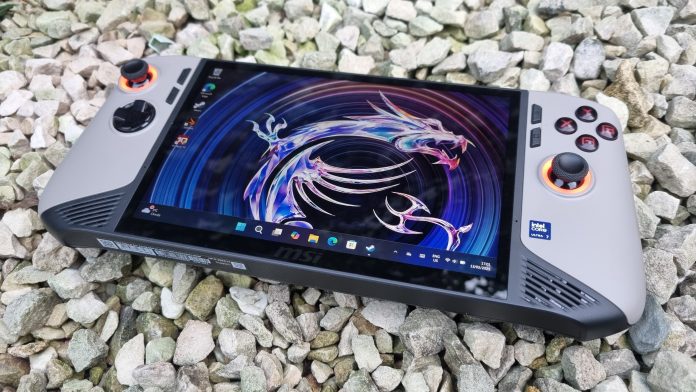
When it comes to gaming, Intel hasn’t held any kind of crown since it launched its range of Arrow Lake processors. With its 3D V-Cache desktop CPUs and all-conquering APUs, AMD has consistently been the brand to go for. However, a recent comparison of the new Ryzen Z2 Extreme against the Core Ultra 7 258V shows that while the former is a little faster in gaming, it’s not quite the clear-cut win you’d expect to see.
That’s according to benchmarks from Golden Pig Upgrade Pack (via HXL on X) of two MSI handhelds: the new Claw A8, with an AMD Ryzen Z2 Extreme chip, and the Claw 8 AI+ with a Core Ultra 7 258V. We’ve tested the latter ourselves and can confirm that it’s great handheld, with superb performance and battery life. On paper, the two APUs powering the devices seem quite evenly matched.
Swipe to scroll horizontally
|
Processor |
Core Ultra 7 258V |
Ryzen Z2 Extreme |
|---|---|---|
|
CPU cores |
4x Performance + 4x Low Power Efficient |
3x Zen 5 + 5x Zen 5c |
|
CPU threads |
8 |
16 |
|
CPU base/boost clock |
2.2 / 4.8 + 3.7 GHz |
2.0 / 5.0 + 3.3 GHz |
|
CPU L3 cache |
12 MB |
16 MB |
|
GPU shaders |
1024 Battlemage |
1024 RDNA 3.5 |
|
GPU boost clock |
1.95 GHz |
2.9 GHz |
|
RAM |
32 GB LPDDR5x-8533 |
24 GB LPDDR5x-8000 |
The AMD chip has eight cores with identical capabilities (the difference between Zen 5 and Zen 5c is how high they can clock), and they all support multithreading. Intel’s Lunar Lake has four P-cores and four low-power E-cores, but no multithreading and has less L3 cache to supply them with data.
Moving over to the GPU-side of things, though, and the Radeon 890M in the Ryzen Z2 Extreme has the Arc 140V in the Core Ultra 7 258V well and truly beat. Its boost clock is almost 50% higher than the Intel chip, and while they have the same number of shader units, one only has to look at how well an Arc B580 graphics card fares against an RDNA 3 model to see that AMD’s architecture is better suited to gaming than Intel’s.
However, in the low-power world of handheld gaming PCs, paper specifications never quite tell the full story, and that’s precisely what we can see in Golden Pig Upgrade Pack’s testing. It ran both handhelds in 17 W and 30 W modes across 10 different games. At the maximum power setting, the AMD APU was a bit faster than the Intel chip in half of the games, slightly behind in three of them, and evenly matched for the final two.

Taking the geometric mean of the average and 1% low frame rates for the two chips gives figures of 50 and 29 fps for the Ryzen Z2 Extreme, and 47 and 28 fps for the Core Ultra 7 258V, respectively. That’s very close.
Dropping down to 17 W and the Ryzen Z2 Extreme takes the lead in all bar one of the games, though. The geomeans highlight this lead somewhat clearer: 42 and 24 fps (avg/1% low) for the Z2 Extreme, 38 and 21 fps for the 258V. In other words (or rather, other numbers), the AMD APU is 11% faster on average at 17 W. That’s a pretty decent gap, but certainly nothing like what you’re seeing with the difference in GPU boost clocks.
So if you’ve just bought an MSI Claw 8 AI+, you’ve got nothing to worry about with the appearance of the new Claw A8. Well, from the perspective of gaming performance, at least. Until we get our hands on one, we can’t tell if there is any considerable difference in the screens, feel, software, or battery life.
All of this just goes to show that Intel can do some things right, as Lunar Lake really is a cracking little processor. Unfortunately, Team Blue has already moved on from the design and its replacement, Panther Lake, seems a little more akin to Arrow Lake (i.e. Core Ultra 200S) than the potent little package. Let’s hope that it is just as good and finds a home in some more handhelds, because nobody wants just one company dominating a hardware sector.

